Teacher shortages across the state pose a substantial problem to the Texas education system. Factors such as low pay, pandemic burnout and better economic opportunities have led to a lack of educators in the already struggling public school system. Per the Texas Education Agency, more than 13 percent of the state’s teachers, nearly 50,000, left the teaching profession last year, the highest number on record.
With the drought of teachers comes larger class sizes, and the limited number of educators remaining are faced with the equally challenging task of maintaining an exceedingly large classroom. In grades pre-K through fourth grade in Texas, the legal limit for students in a class is 22 students. In Fort Worth ISD, 147 classes across 58 schools are over this boundary, up from 127 classes across 44 schools last school year.
At the school, class sizes average around 15 students, and the emphasis is on sharing ideas through discourse around the Harkness table — a valuable education tool that’s not always feasible at a larger public school. These discussion-based environments highlight the importance of the learning environment, as students exhibit better individual attention, increased participation and retain information better.
History instructor Jerusha Westbury believes class size shouldn’t be determined by the number of students, but rather by what facilitates a good discussion, since engaging in conversation with peers often opens new perspectives and views about a specific topic.
“This is my eighth year teaching at St. Mark’s and still in teaching, in talking and in discussions, students say something that makes me look at the topic in a new way,” Westbury said. “That’s invaluable.”
For subjects like history, the curriculum depends heavily upon healthy class discussions and civil discourse around the Harkness table.
“It’s particularly valuable in a history class because people hold the narratives that are told very dear,” Westbury said. “They are integral to our views of ourselves and part of our identity. Stories we tell in history have a lot of emotional and political baggage to them.”
While having a wide variety of viewpoints in class discussion is important to developing a vibrant class environment, having too many students can pose a challenge not only for the teacher, but also the students trying to learn in a suboptimal environment. Students who want to fly under the radar can do so more easily, and side discussions not relating to the material at hand are much more frequent, making it hard to pull everyone together for quality discussion.
“When the class is really big, it can be harder to have discussions,” Westbury said. “I’m glad I have such a great group of seniors because they can do it, but it’s challenging. I’m more worried about the kids who just don’t want to speak at all.”
On the other hand, not having enough students in the class can limit discourse, ultimately hindering the overall education.
“With smaller classes, you actually end up with a likelihood that you’re not getting as many viewpoints, and you might have some days where you don’t have the critical mass for having a discussion,” Westbury said.
With the recent addition of the Winn Science Center and the upcoming athletic complex, admissions officer Korey Mack ‘00 believes that the campus could be better utilized to support more students. A growth plan to add students to the ninth grade was developed four years ago, which has noticeably increasing class size. This school year, the freshman class boasts 111 students, making it the largest in school history.
Mack believes that larger class sizes each year is beneficial to the school’s vibrance. Nevertheless, he acknowledges the challenges that accompany.
“When I became a teacher at public charter schools prior to joining the St. Mark’s faculty, I taught classes that ranged from about 18 to 86 kids in each one,” Mack said. “When you have only one space with 86 students to facilitate learning experiences, you have to be creative.”
However, the addition of students to a class can make it more difficult for teachers to captivate students’ attention or provide individual assistance, as well as increasing that teachers’ workload.
“It’s not that when you add a few students to the class, the teacher becomes less effective,” Mack said. “However, when there are more students in a class, the teacher has to be creative about implementing a learning strategy to positively engage the students and their experiences. For example, there could be more working in groups.”
In a college environment, spacious lecture halls are common. Sal Hussain ‘23, a freshman at the University of Texas at Austin, feels these learning environments can prohibit not only education, but also the personal connection you get from smaller classes.
“In some of my classes, I’m in a group with nearly 300 people, and there is no Harkness table,” Hussain said. “You see new faces every time you walk into class, whereas at St. Mark’s, you see the same faces and the same people. The inside jokes that each smaller classroom has fosters a sense of community that you otherwise wouldn’t have with 300 people.”
When in a large-scale learning environment, the opportunity to share opinions, views and ideas is greatly hindered.
“By nature of having smaller class sizes, everyone has a voice,” Hussain said. “It doesn’t feel like I’m just sitting and listening to a lecture. It’s interactive — it’s people talking together, with and to each other. I totally prefer the smaller size.”
This story was originally published on ReMarker on December 8, 2023.



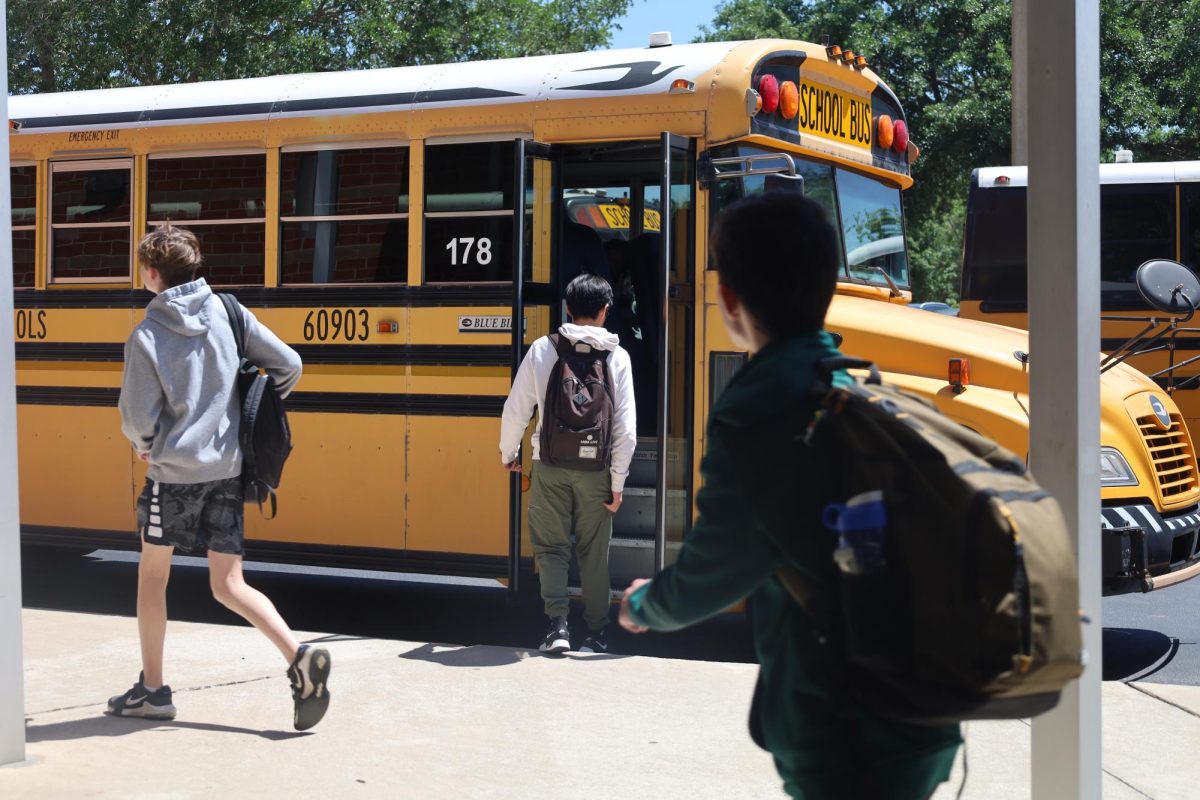



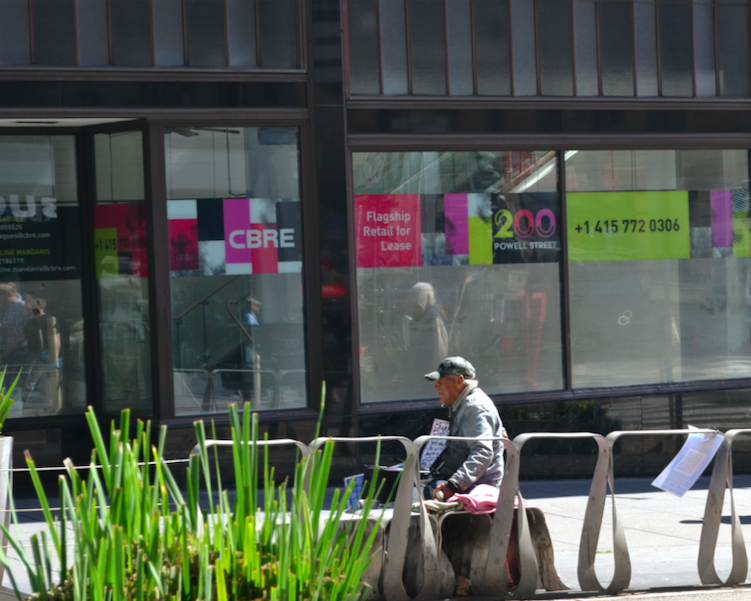


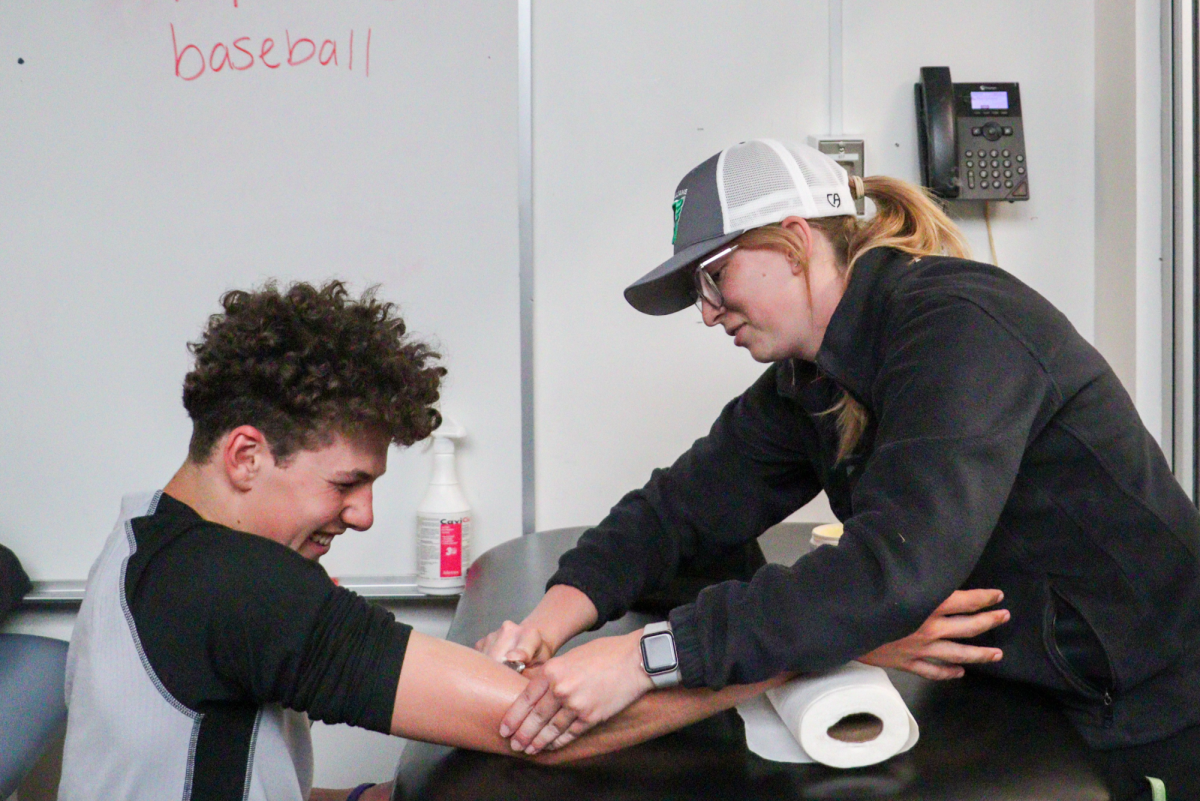










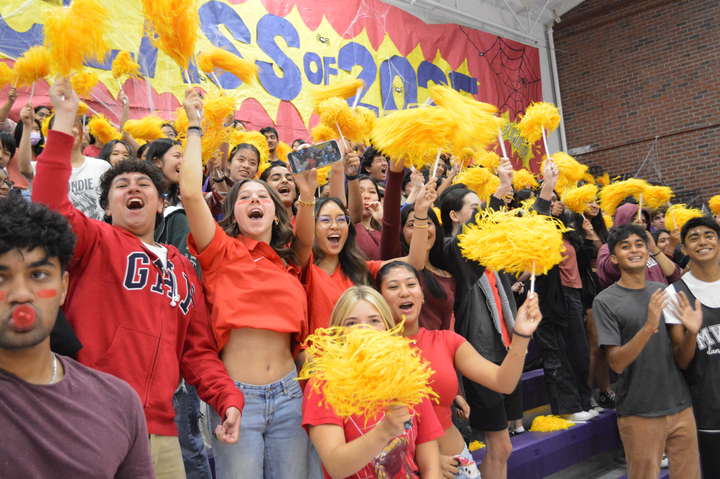

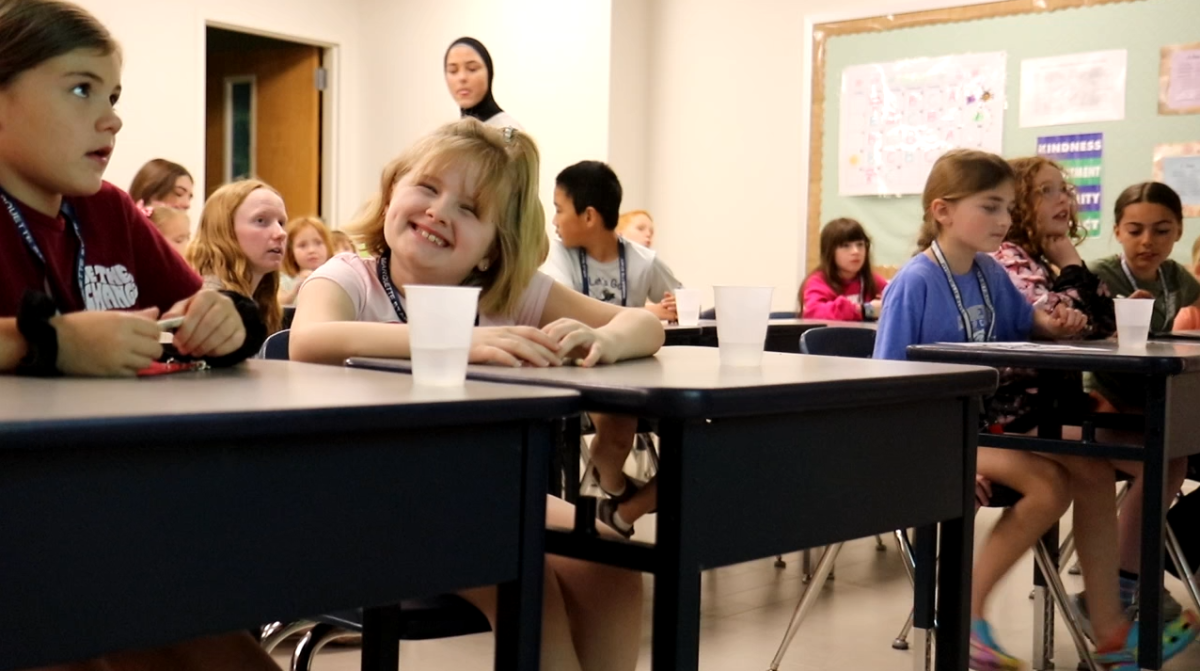








![IN THE SPOTLIGHT: Junior Zalie Mann performs “I Love to Cry at Weddings,” an ensemble piece from the fall musical Sweet Charity, to prospective students during the Fine Arts Showcase on Wednesday, Nov. 8. The showcase is a compilation of performances and demonstrations from each fine arts strand offered at McCallum. This show is put on so that prospective students can see if they are interested in joining an academy or major.
Sweet Charity originally ran the weekends of Sept. 28 and Oct. 8, but made a comeback for the Fine Arts Showcase.
“[Being at the front in the spotlight] is my favorite part of the whole dance, so I was super happy to be on stage performing and smiling at the audience,” Mann said.
Mann performed in both the musical theatre performance and dance excerpt “Ethereal,” a contemporary piece choreographed by the new dance director Terrance Carson, in the showcase. With also being a dance ambassador, Mann got to talk about what MAC dance is, her experience and answer any questions the aspiring arts majors and their parents may have.
Caption by Maya Tackett.](https://bestofsno.com/wp-content/uploads/2024/02/53321803427_47cd17fe70_o-1-1200x800.jpg)
![SPREADING THE JOY: Sophomore Chim Becker poses with sophomores Cozbi Sims and Lou Davidson while manning a table at the Hispanic Heritage treat day during lunch of Sept 28. Becker is a part of the students of color alliance, who put together the activity to raise money for their club.
“It [the stand] was really fun because McCallum has a lot of latino kids,” Becker said. “And I think it was nice that I could share the stuff that I usually just have at home with people who have never tried it before.”
Becker recognizes the importance of celebrating Hispanic heritage at Mac.
“I think its important to celebrate,” Becker said. “Because our culture is awesome and super cool, and everybody should be able to learn about other cultures of the world.”
Caption by JoJo Barnard.](https://bestofsno.com/wp-content/uploads/2024/01/53221601352_4127a81c41_o-1200x675.jpg)


